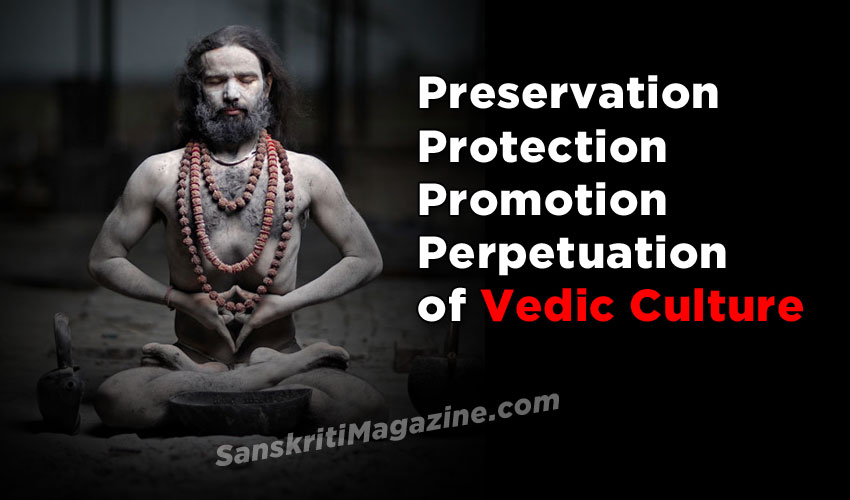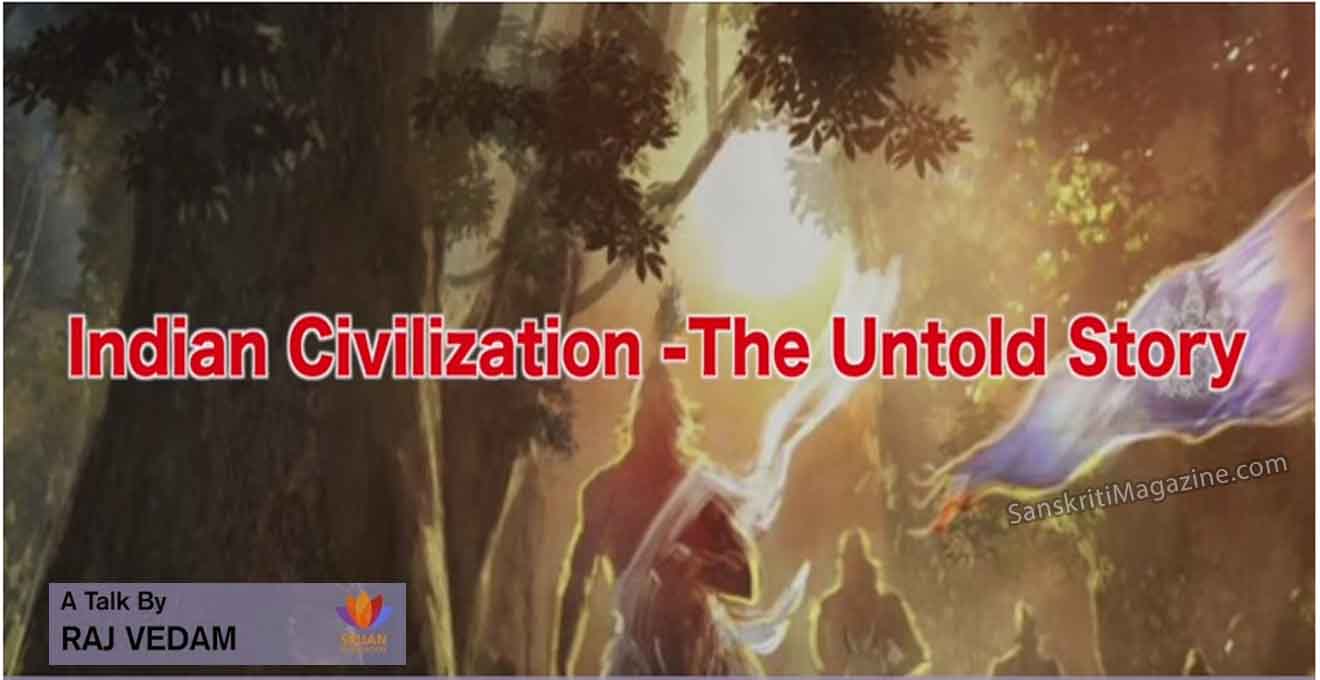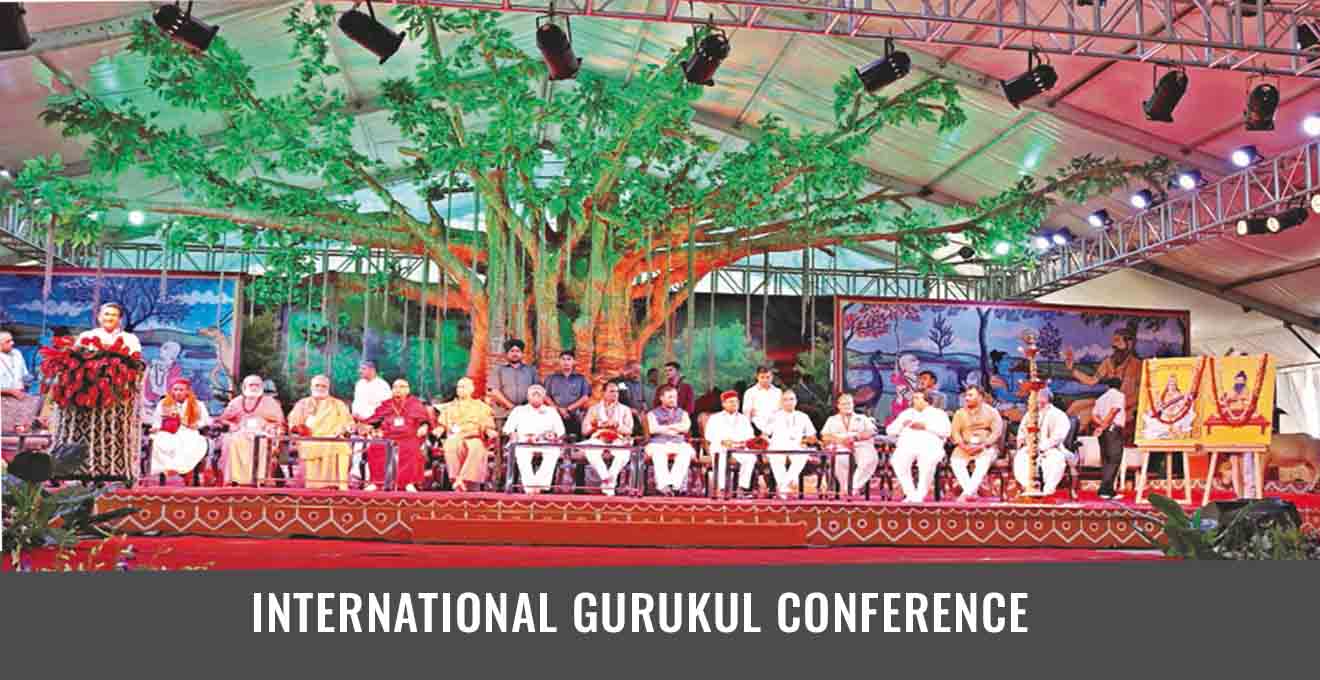On of the primary needs for Vedic culture right now, especially in places like India, is the following formula of preservation, protection, promotion and perpetuation of its existence. I call these “the four pers”.
I have traveled all over India and have seen many situations where this formula is most needed. I have already written some reports on this, but let me explain a little more clearly the basics of this formula.
PRESERVATION
It is the first step. You have to work in ways to preserve the culture to make sure it will also be around over the long term so others can learn about it, take advantage of its wisdom, and even follow it for their own spiritual progress. This may include, but not limited to, such things as:
- Preserve the great and ancient Vedic texts,
- Preserve the main yoga systems, the dharmas that lead to God,
- Preserve the temples and let them be freely maintained by those Hindus and devotees who are most sincere and qualified,
- Distribute this literature for colleges, schools, personal homes, so it can spread,
- Educate people in this knowledge, especially the youth so they are aware of it and know it,
- Practice the traditions, such as the holidays and spiritual paths in everyday life.
PROTECTION
This is the next step. Even if you do what you can to preserve the tradition, it may also come under attack in many ways. So you have to help protect it by:
- Overcoming negative impressions that people may try to use to unnecessarily criticize or demean it,
- Be on guard for negative press in newspapers or television, and work to correct it,
- Watch for the use of devious ways and false statements that are said to convert people from the Vedic path to some other religion,
- Be careful even of politicians who have a disdain for God, or for the Vedic culture and who try to work against it or promote some other ideology or religion at the cost of the Vedic institutions.
PROMOTION
This is important whether we like it or not. Many times Hindus or devotees feel there is no proselytizing in Vedic culture, so you have to be born into it or something like that, but there should be no process to convert others. However, in this day and age this is but a prescription for a slow extinction. Everyone and everything promotes what they have. Just like an author, he may have written the best book ever, but if no one knows about it, no one will buy it. Promotion of some form is a must. And the Vedic tradition is one of the most profound and dynamic cultures the world has ever seen.
Therefore, there is a great need to let others know about it. This does not mean that you have to be in a conversion campaign, but you can certainly share what you know of it. Many people are looking for deeper levels of spirituality, but they do not know where to look, or they do not know the depth of what the Vedic path or its knowledge has to offer. Someone has to be willing to tell them. In fact, we all should be willing. Therefore:
- Everyone can be a Vedic Ambassador to simply share with other seekers the ways the Vedic culture has helped them and what they have gotten out of it, the difference it has made in their life,
- Promote it as a spiritual path that can help solve many of the world’s problems,
- Distribute the simpler portions of the Vedic texts, such as Bhagavad-gita, or various forms of introductory literature that can introduce and easily explain what the Vedic path is so others can benefit from it,
- Open the temple doors to all who want to come and investigate it or be a part of it so others can see what it is and how to get started,
- Offer classes on yoga and Vedic philosophy for the same reason,
- And hold programs wherein the youth can also be a part of it and practice it,
- Arrange for radio or even cable TV programs so everyone can learn from it or stay connected.
PERPETUATION
Perpetuation is why we do all of the above. How can we keep Vedic culture a flourishing and dynamic path? By doing all of the above, and providing the means to show people how to practice it. Without the preservation, protection, and promotion of Vedic culture, it cannot be perpetuated. This is where such things as the following can be helpful:
- Establish and maintain temples that help uphold and show how to practice the Vedic traditions (I have written a whole book on what can be done through temples),
- Hold classes and study groups, either at temples or at homes, wherein people get together to comfortably converse on various topics of the Vedic texts to help everyone understand it and how deep or practical it is, and then invite friends to join,
- As mentioned above, spread this knowledge through book distribution, radio, and various other programs, so people can learn about it and utilize it in their lives,
- Set yourself as an example for those who know you, but at least for your family and children so they begin to understand it, recognize its potential and practice it as well. If you take it seriously, it will leave positive impressions on others.
There are many other points that can be listed. I have already written detailed action plans that can be used to carry these ideas much further. But the main issue is that we have to work to keep the Vedic culture very much alive and available for everyone. It is what I call the “last bastion of deep spiritual truth.” If this should ever disappear, the world will never know what it has lost.
Some people may say that it is an eternal religion, Sanatana-dharma, so it will never fade away. But have they really read the Bhagavad-gita, wherein Lord Krishna explains that one of the reasons why He appeared was to re-establish the Vedic Dharma, which had become lost?
Lord Krishna says, “I instructed this imperishable science of yoga to the sun-god, Vivasvan, and Vivasvan instructed it to Manu, the father of mankind, and Manu in turn instructed it to Iksvaku. This supreme science was thus received through the chain of disciplic succession, and the saintly kings understood it in that way. But in course of time the succession was broken, and therefore the science as it is appears to be lost. That very ancient science of the relationship with the Supreme is today told by Me to you because you are My devotee as well as My friend; therefore you can understand the transcendental mystery of this science.” (Bg.4.1-3)
So, yes, it is eternal but can disappear from the face of the earth, and does at times. It is up to those of us who are serious and sincere to make sure that it can continue being a practical spiritual culture far into the future by applying the above mentioned “four pers.”











